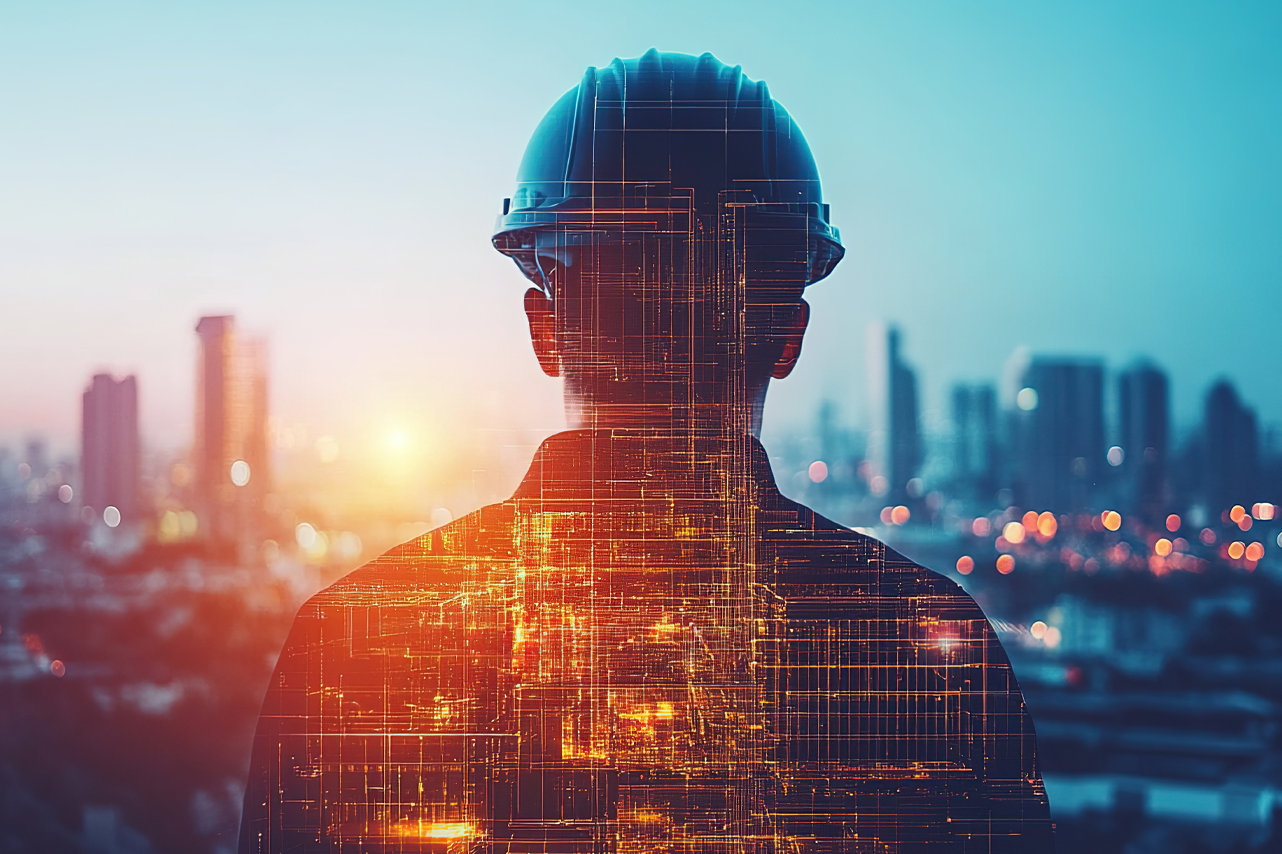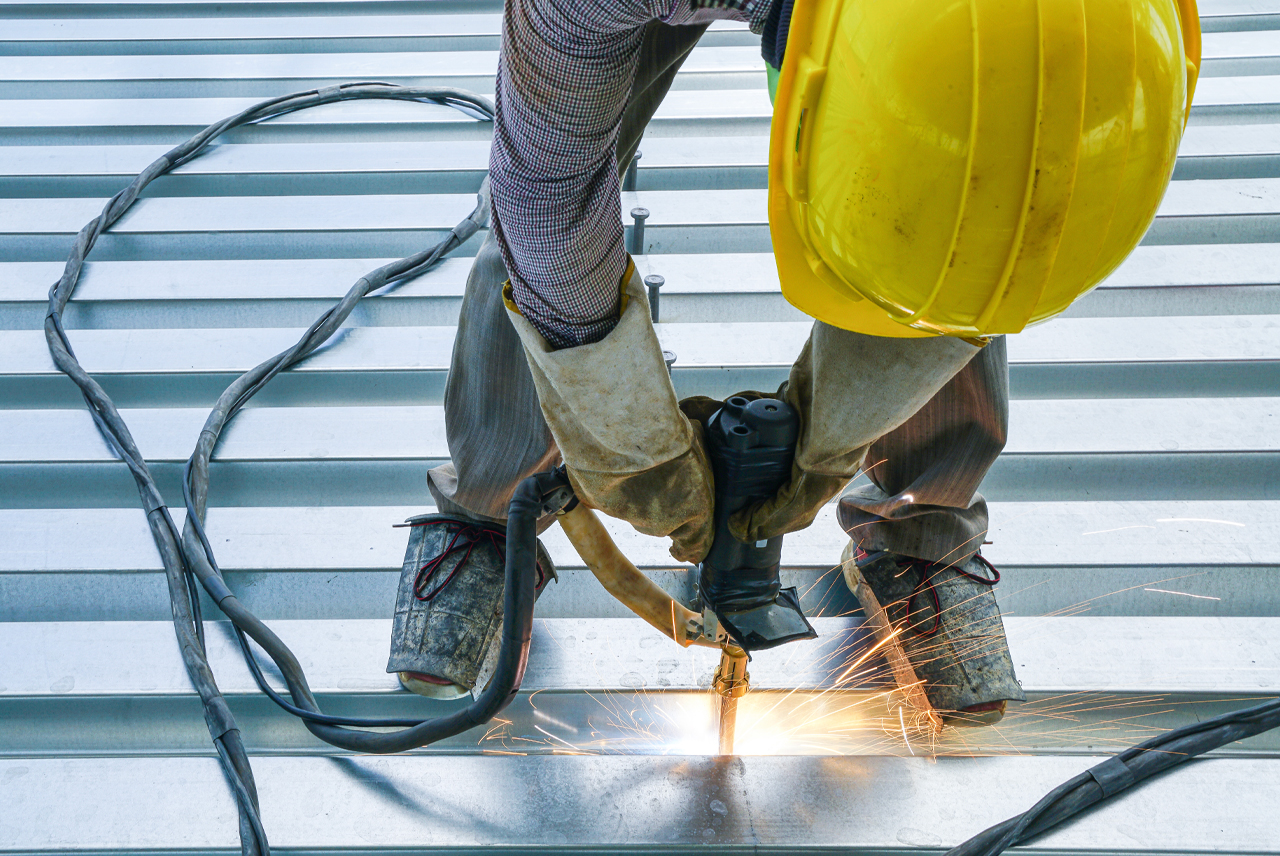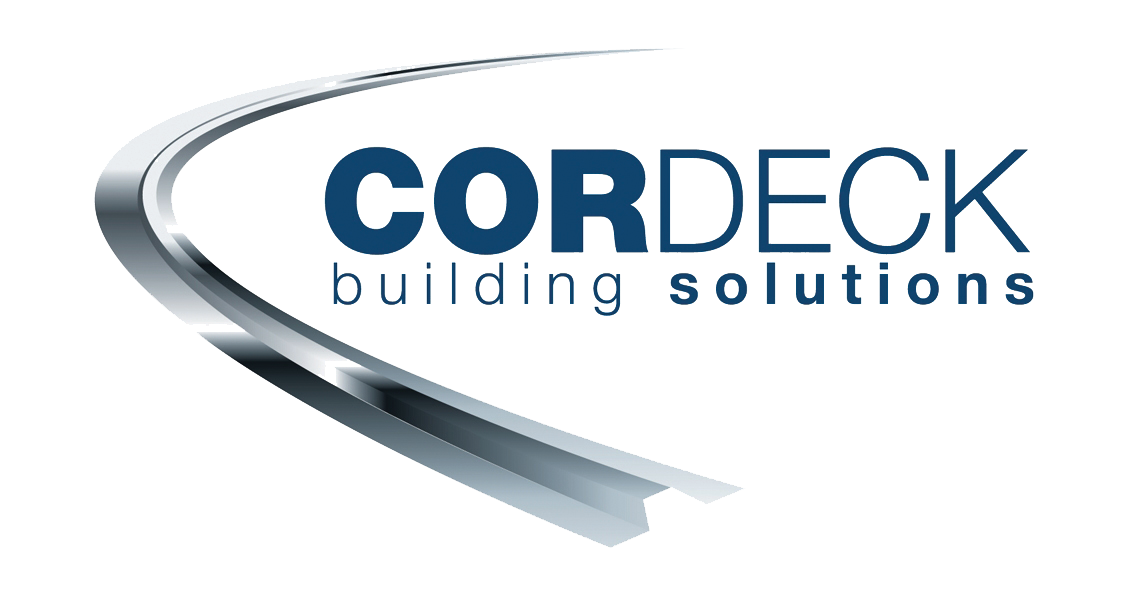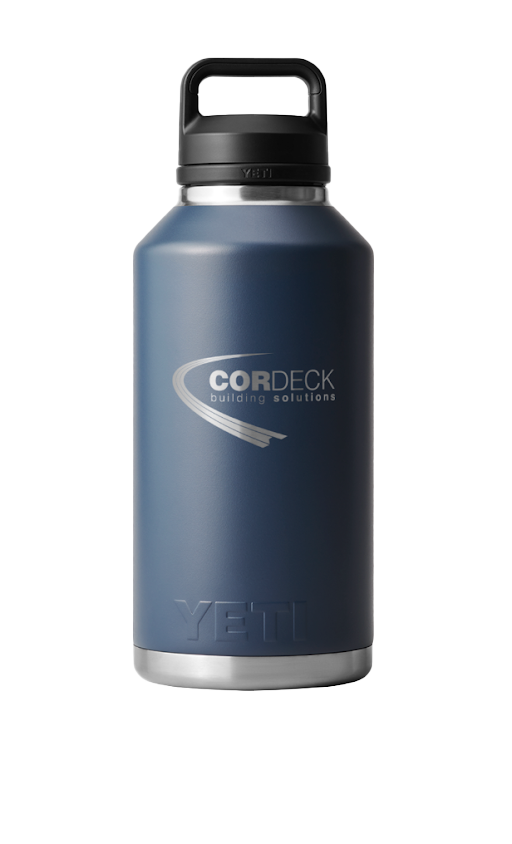Strength, Flexibility, and Durability for Seismic Safety
When designing buildings in earthquake-prone areas, structural integrity and resilience are critical. Metal decking plays a vital role in seismic-resistant construction, offering the strength, flexibility, and durability necessary to withstand seismic forces. Here’s why metal deck is an excellent choice for earthquake-resistant structures:
Lightweight Yet Strong
One of the primary advantages of metal decking is its lightweight nature compared to other building materials like concrete or wood. Because lighter buildings experience less inertia during seismic events, they undergo reduced overall stress, which helps protect structural components. A lower seismic load means there is decreased force on connections and essential structural elements, enhancing the stability and resilience of the entire building.
High Strength-to-Weight Ratio
Metal decking enhances structural resilience by efficiently distributing loads across a structure. The corrugated design of metal decking provides increased strength, allowing buildings to absorb and dissipate seismic energy more effectively. This enhanced structural integrity ensures that buildings can endure strong shaking while minimizing excessive damage or potential collapse, making metal decking an essential component in earthquake-resistant construction.


Flexibility & Ductility
Unlike brittle materials that crack under stress, metal decking exhibits high ductility, meaning it can bend and deform without breaking. This unique property allows it to absorb seismic energy efficiently and redistribute forces throughout the structure, preventing stress from concentrating in one area. By flexing rather than fracturing, metal decking significantly reduces the likelihood of catastrophic structural failur
Strong Connections & Shear Resistance
A well-designed metal decking system enhances structural integrity by ensuring secure connections that create a continuous load path throughout the structure. Metal decking is typically welded, or mechanically attached to steel frames, reinforcing the building’s overall stability. When used in composite floor systems, the combination of metal decking and concrete slabs works together to provide excellent shear resistance, preventing floors from shifting or collapsing under seismic stress. This integration of materials not only strengthens the structure but also improves its ability to withstand and recover from seismic events.
Compatibility with Modern Seismic Design Standards
Building codes emphasize the importance of using strong, flexible materials to enhance earthquake resistance. Organizations such as FEMA and ASCE 7 advocate for incorporating high-strength materials like steel and metal decking into seismic designs. Metal decking is a key component in seismic bracing systems, ensuring that buildings remain structurally sound and resilient even after experiencing significant seismic forces.
Real World Example
During the 2014 South Napa earthquake in California, which measured 6.0 in magnitude, industrial buildings with metal deck roofs performed well. One report noted that a modern building with a steel deck roof had only minor damage but remained fully operational. Even though the earthquake caused strong shaking, the flexible metal decking helped protect the structure. In contrast, some older buildings with wood roofs experienced more significant damage, including walls separating from the roof.
Faster Construction & Retrofit Solutions
Speed and efficiency are key benefits of using metal decking in seismic construction. Metal decking allows for rapid installation, which helps reduce project timelines and minimize exposure to seismic risks during the construction phase. This quick installation process is particularly advantageous when retrofitting older buildings, as it brings them up to modern earthquake resistance standards, ensuring they are better equipped to withstand seismic forces.

Conclusion
For earthquake-resistant construction, metal decking offers a lightweight, strong, and flexible solution that enhances a building’s ability to withstand seismic activity. Whether for new structures or retrofitting existing ones, metal decking is a proven choice for increasing safety and resilience in seismic zones.




